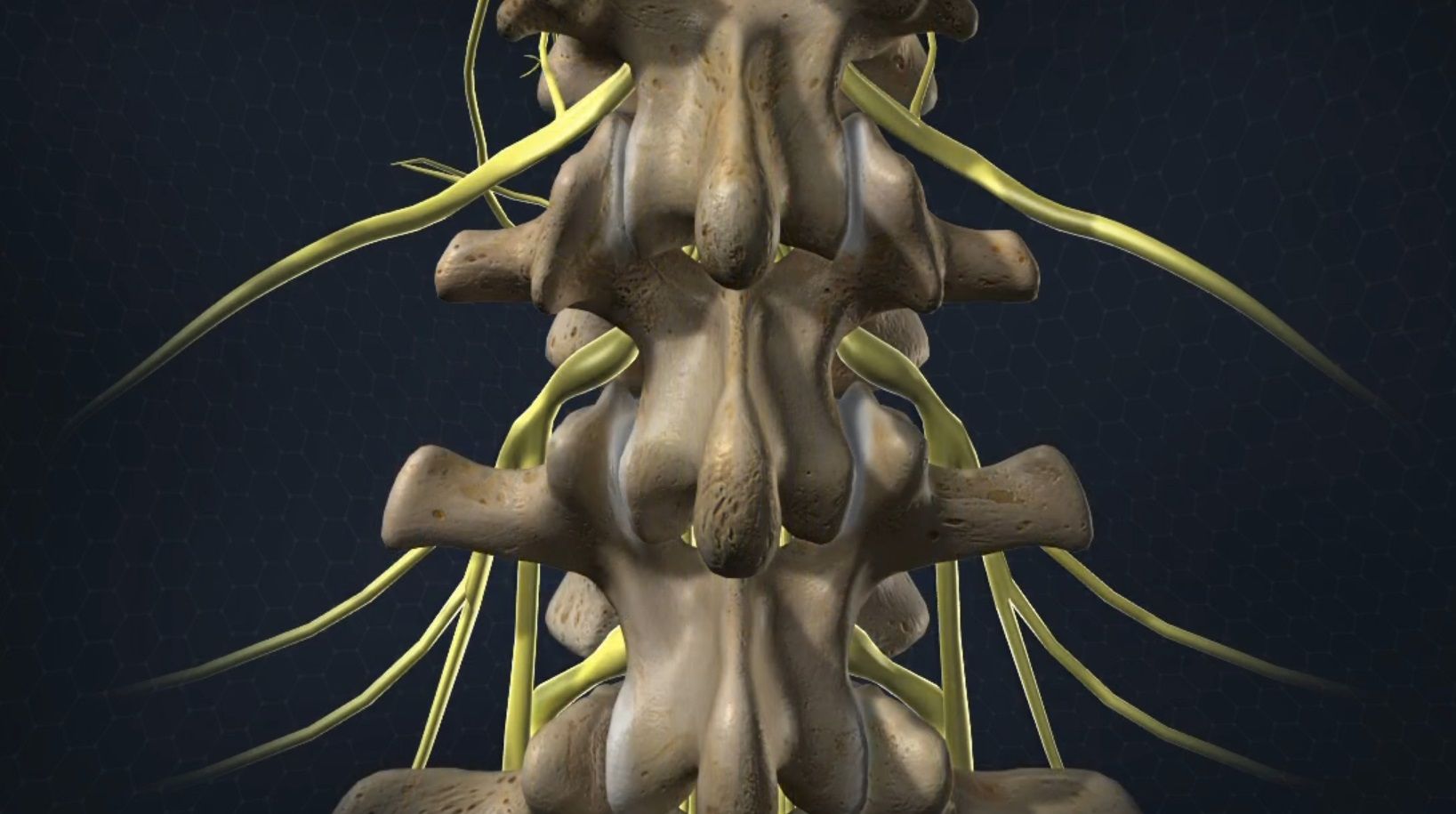Fusion – Posterior Lumbar Interbody Fusion (PLIF)
Fusion – Posterior Lumbar Interbody Fusion (PLIF)
Overview
Posterior Lumbar Interbody Fusion uses implants and bone graft material to fuse two of your vertebrae. This surgery stabilizes your spine and relieves pain caused by a compressed spinal nerve.
Preparation
In preparation for the procedure, you are positioned face-down and anesthetized. The surgeon makes an incision in your lower back to reveal your spine. The surgeon removes a portion of bone (lamina) from the rear of one of your vertebrae, providing access to your damaged spinal disc.
Removing the Damaged Disc
The surgeon carefully removes most of your damaged disc, leaving a portion of the disc wall that will help contain the graft material.
Stabilizing the Spine
The surgeon spreads the upper and lower vertebrae to properly align the spine. This should relieve pressure on the compressed nerve. This alignment is preserved with implants and bone graft material packed inside the remaining disc wall.
Rods And Screws
The surgeon will attach rods and screws at the rear of your spine, to help lock the vertebrae together. Bone graft is placed along these rods and screws, to integrate with your living bone material and permanently fuse your vertebrae.
End of Procedure and Aftercare
When the procedure is complete, your incision is stitched closed. While this fusion will reduce your low back range of motion, it should also alleviate your compressed nerve pain and symptoms.
Revised from www.viewmedica.com © Swarm Interactive. Unauthorized duplication is strictly forbidden.
- Category / Surgery




